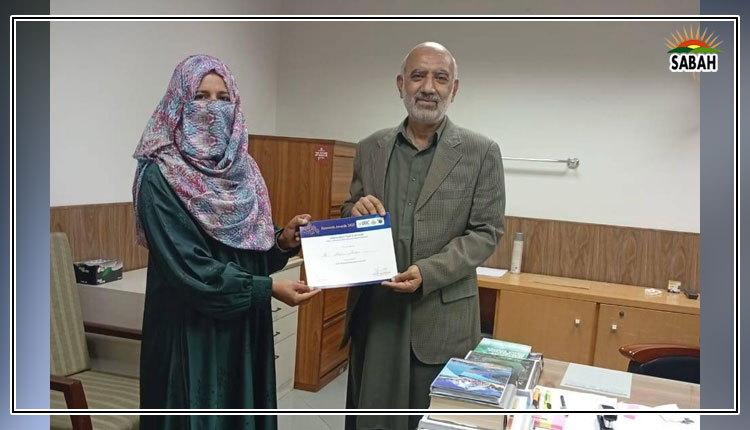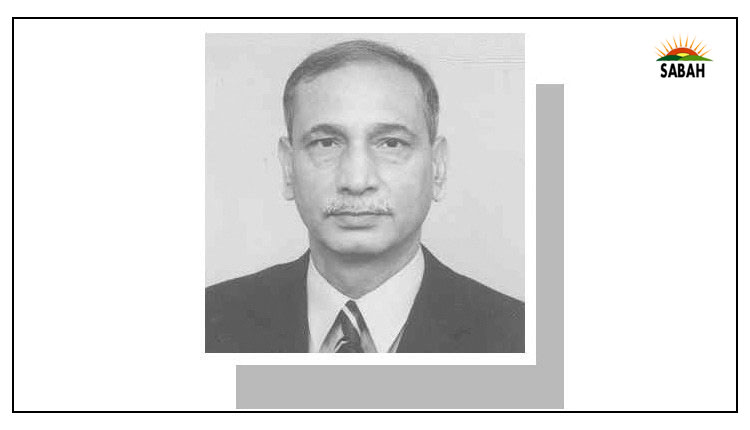Dissenting views… Alia Ijaz
Every democratic state stands on three pillars: the executive, legislature and judiciary. Due to the failure of the first two branches in Pakistan, the judiciary has become the forum of last resort.
The verdict and subsequent events of the suo-motu notice the Supreme Court took after the failure of the caretaker governments in Punjab and Khyber Pakhtunkhwa to announce elections date as per the mandate of the constitution are not that material. The novel and somewhat unprecedented part of the court proceedings was the manner and the number of dissenting opinions delivered by the respected judges in the case.
A judge only speaks through his/her judgment. A judge must decide only what is necessary and say only that which is necessary. As a subject of public scrutiny, a judge must accept personal restrictions that might be viewed as burdensome by ordinary people. These are now the cliches we hear every day.
There are some who do not subscribe to these views. Judge John J Parker for example said: “I am not one of those who thinks that a man ceases to be a man and a citizen when he becomes a judge and would have him retire from life as though he were entering a monastery.” To him much has been entrusted by the people. A judge will be a better judge if he is a good citizen. But whatever the code of conduct a judge chooses to follow, public confidence involves a belief in the fairness and impartiality of the court with the judge dispensing speedy decisions according to law.
As far as the tradition of dissenting views is concerned it can be traced back to the time of William the Conqueror. At that time judgments were delivered by each judge seriatim and without any intra-court consultation. The judgments were also not published until the early 17th century. This long tradition of delivering opinions seriatim changed with the ascendancy of William Murray, known as Lord Mansfield, who introduced a procedure of generating agreement and consensus among judges and issuing caucused opinions. The judges met collectively in the secrecy of their chamber, worked out their differences into a compromise and wrote a unanimous opinion.
After his retirement and today in the Supreme Court and the Court of Appeal seriatim opinions are the norm as it is believed that judging is an individual responsibility and dissenting opinions are part of their tradition. In the US, John Marshall in his 35 years as chief justice decreased dissent as he considered it a sign of internal division. According to him, the court would be better, perhaps more efficient at deciding cases and making laws, if it spoke with one voice.
Justice Louis Brandeis wrote: “it is more important that applicable rule of law be settled than that it be settled right” and that he would join opinions he disagreed with just for the sake of settling the law. A unanimous opinion will foster a much different reaction than a decision with scathing dissent. Those who oppose dissent consider that too many dissenting views create uncertainty in law; a judge who dissents too often may not be well received by colleagues, affecting the functioning of a multi-member court. To resolve this, both dissenting and majority views can be aired with moderation and with respect for opposite views.
The other view is that since judging is an individual reliability it cannot be abdicated to the more senior panel. Justice Ian Binnies said that concurring and dissenting views are extremely useful to tell the legal community and the public that there is a real debate going on among the judges and displaying the different contending points of view are much healthier than a false show of unanimity.
However, a dissenting view in absence of detailed reasons is of little value. The dissenting opinion shows transparency that the case is understood by individual judges and may lay down the grounds for future decisions.
To dissent or not is an individual choice depending upon the questions of law and facts involved in any case. But dissenting views must be expressed in a manner that doesn’t give the perception of discord and differences on a personal level, thereby shaking the confidence of the general public in the judicial system. This should be done with due respect for the majority view and in language short of personal interest if any.
The writer is an advocate of the Supreme Court.












